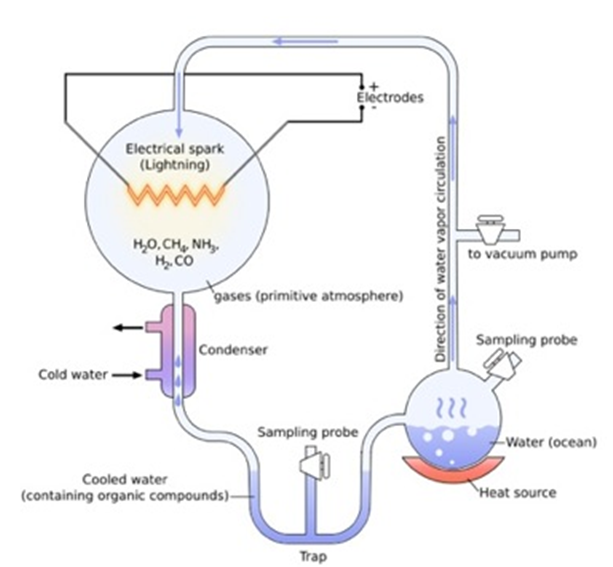The prokaryotic group that tends to inhabit extreme environments belongs to ________
A) Protista
B) Archaea
C) Euglena
D) Bacteria
B
You might also like to view...
One of the earliest evolutionary adaptations that helps plants to retain water in a terrestrial environment is ______________
A. the leaf B. the xylem C. the phloem D. the root E. the cuticle
The Miller and Urey apparatus produced hydrogen cyanide (HCN), formaldehyde (CH2O), and glycine (an amino acid) in their first experiment, why was it important that they use water vapor, methane, carbon monoxide, ammonia and hydrogen as their reactants and an electrical spark as their energy source?

A. They knew these reactants were available in their lab and in today's atmosphere.
B. These reactants were found in today's atmosphere therefore they should be used to try to replicate the early Earth atmosphere.
C. Each of the reactants were readily changed into proteins and DNA.
D. These reactants were useful because their products were able to be predicted before the experiment began, it is always good to know the outcome of an experiment to achieve success with the experiment.
E. These reactants were hypothesized to have made up the early Earth atmosphere, the electricity was used to emulate lightening strikes.
If a diploid cell with 40 chromosomes undergoes meiosis, each of the daughter nuclei would have
______ chromosomes.
a. 10 b. 20 c. 40 d. 60 e. 80
A study of a cohort of 1,000 animals showed a
90 percent death rate per individual in the first year, 10 percent the second year, and 5 percent the third year. This population's survivorship is a. type I. b. type II. c. type III. d. type I the first year and type II in years two and three. e. type I the first year, type II the second year, and type III the third year